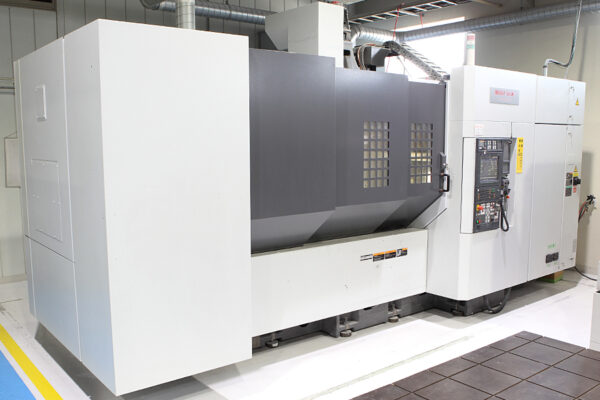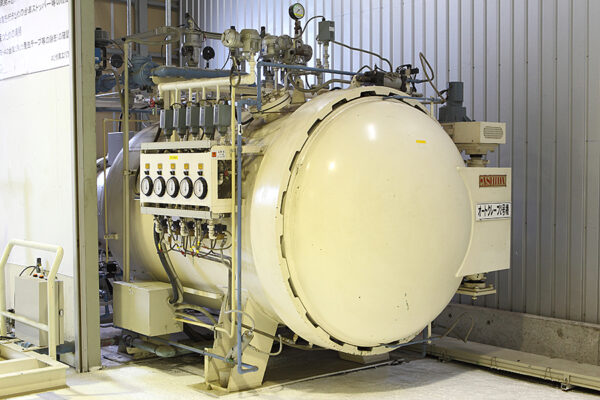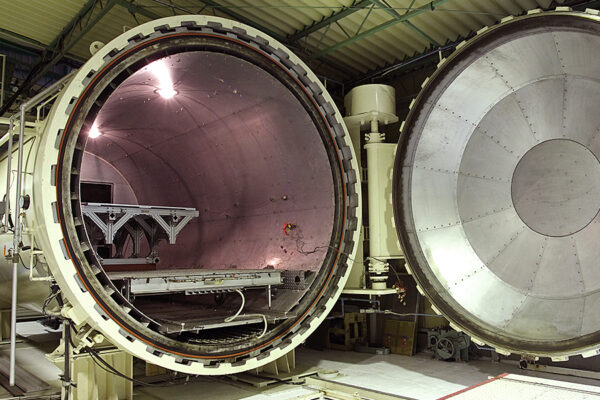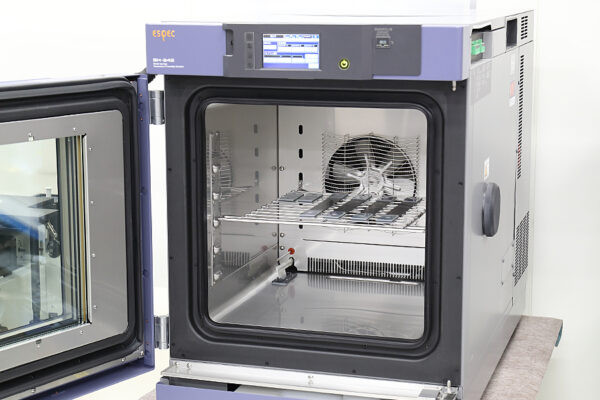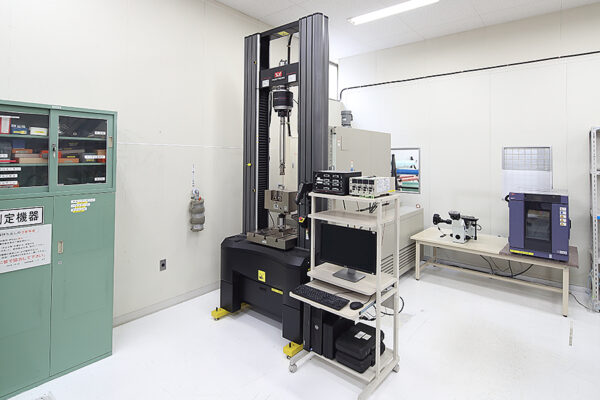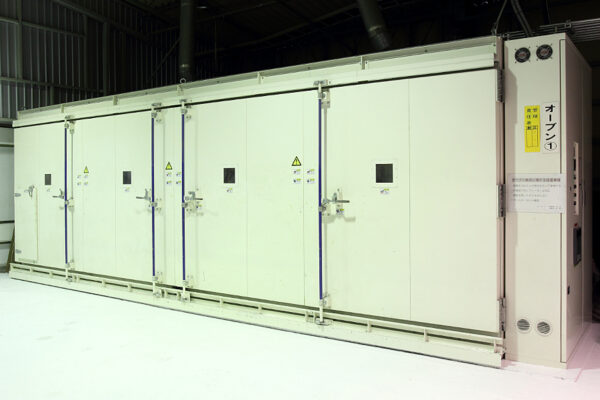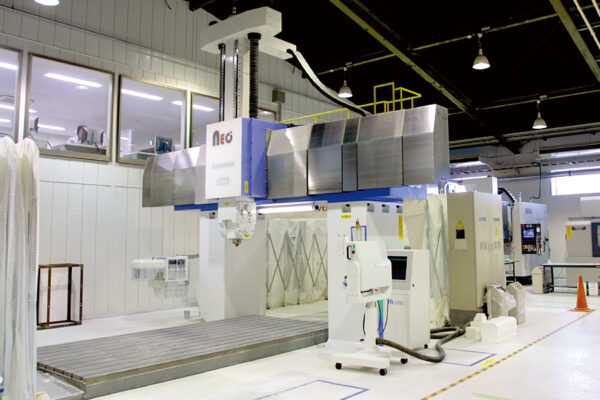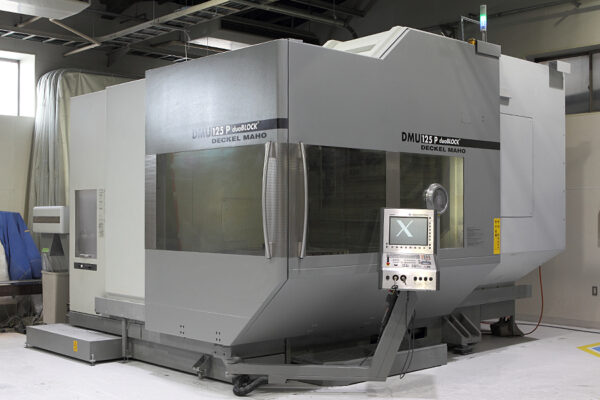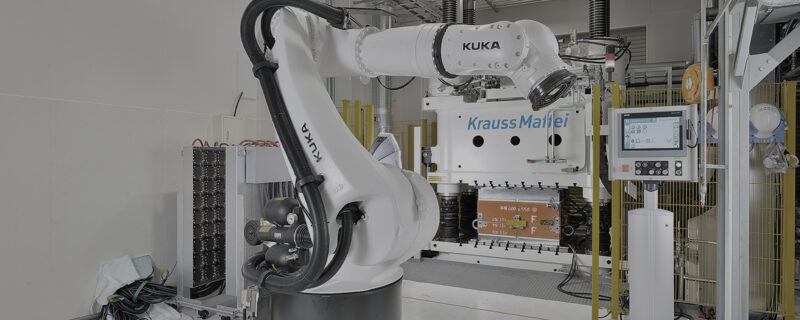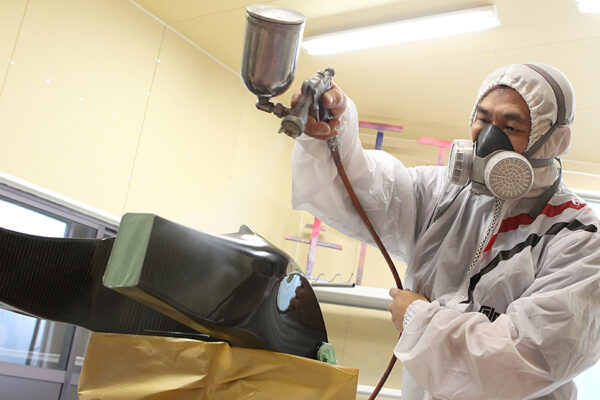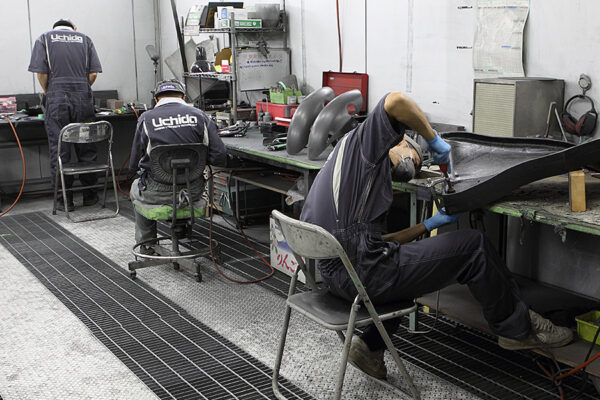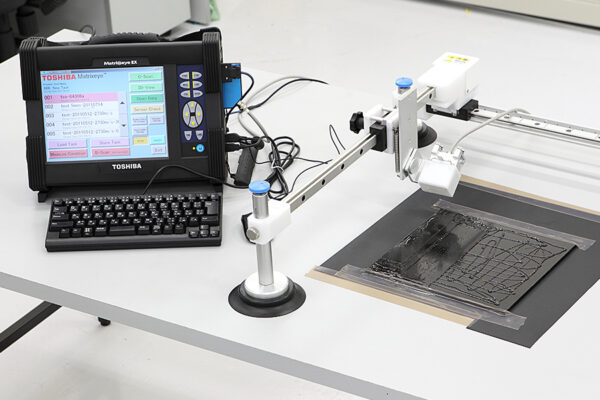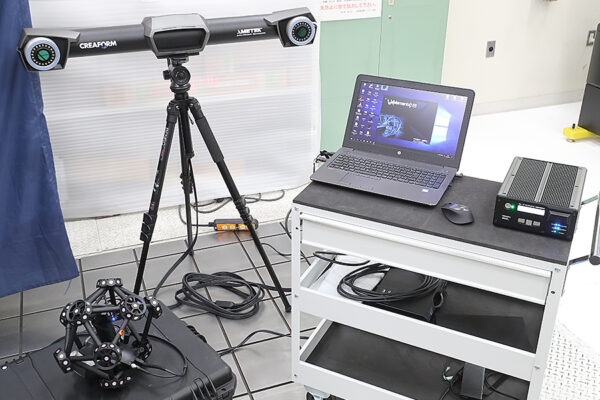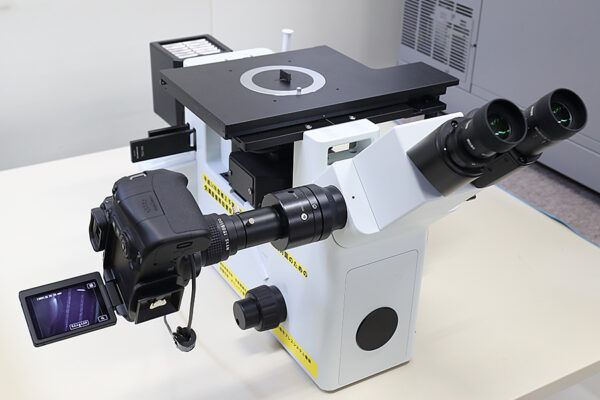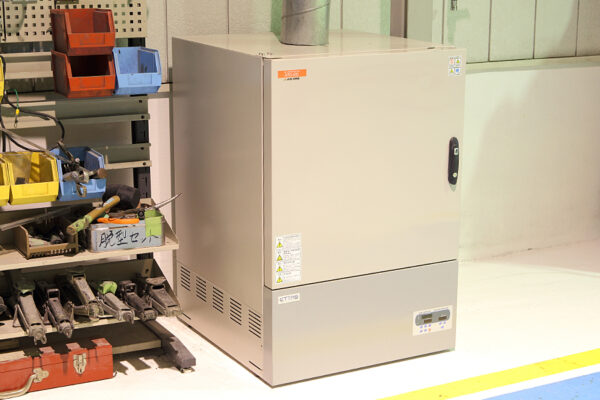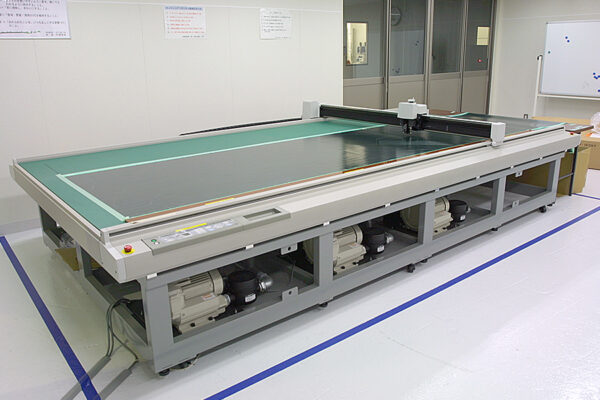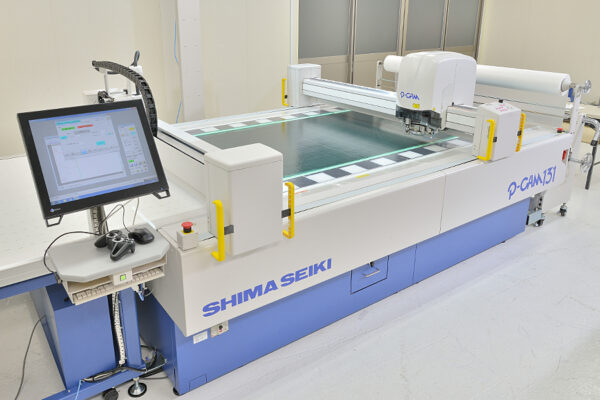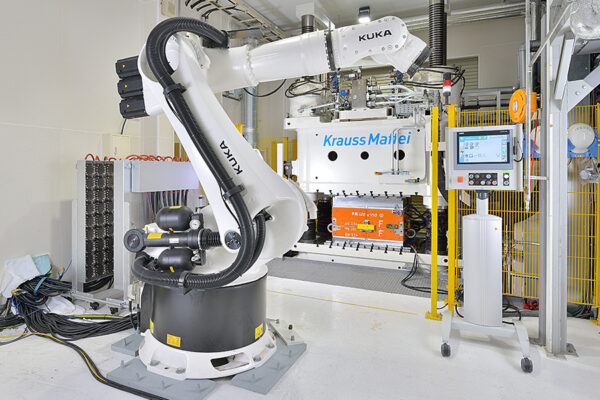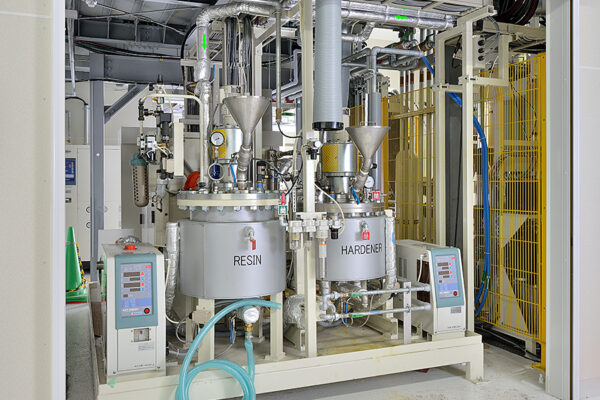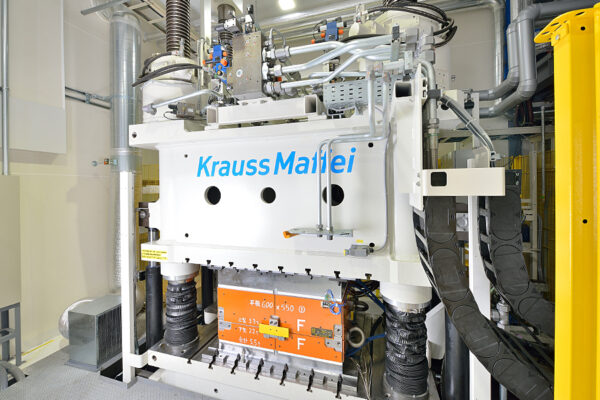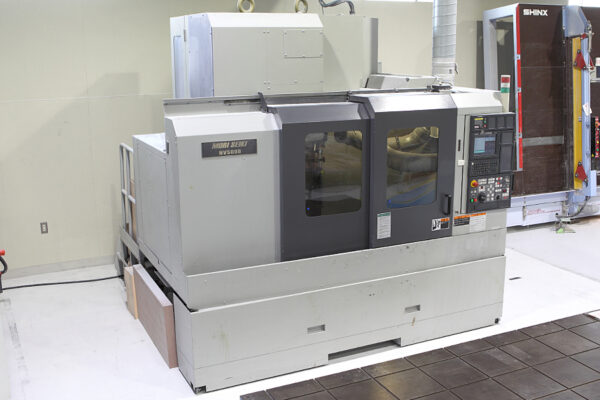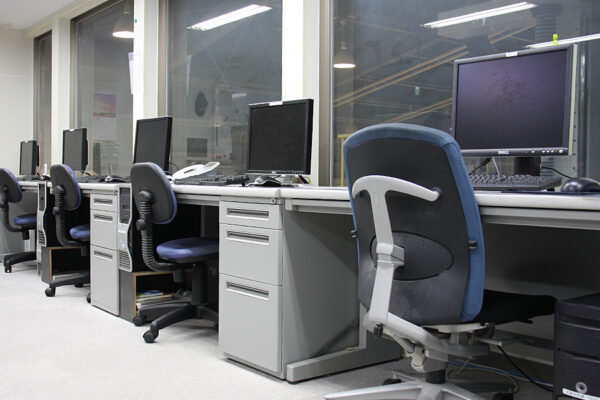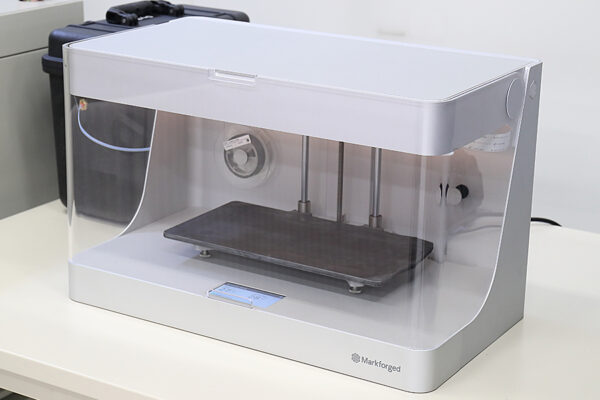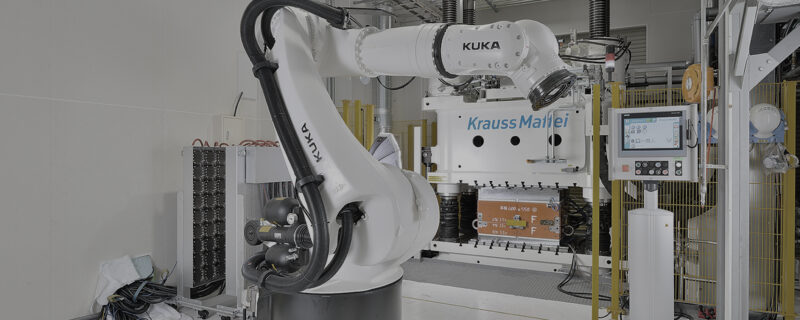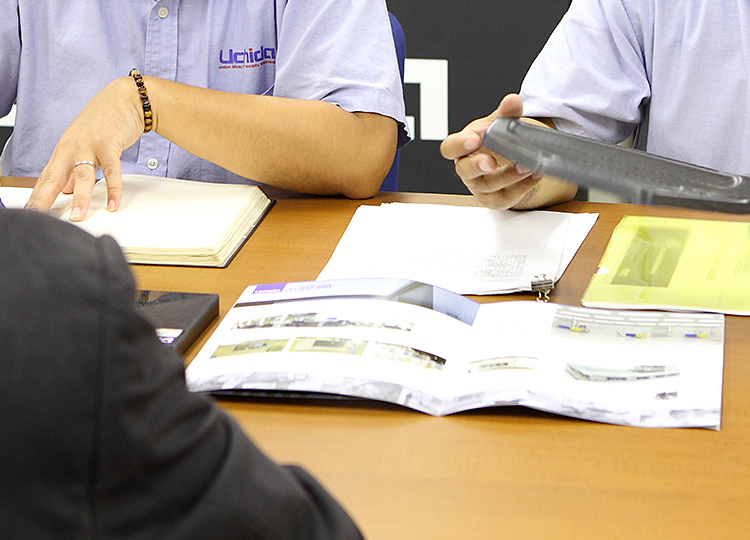Introduction
CFRP (carbon fiber reinforced plastic) is used in a wide range of fields such as aerospace, automobiles, and sporting goods due to its lightweight and high strength characteristics. However, CFRP is one of the most difficult materials to tap (threading) due to its high hardness and susceptibility to brittle fracture. This column details the challenges and countermeasures for CFRP tapping.
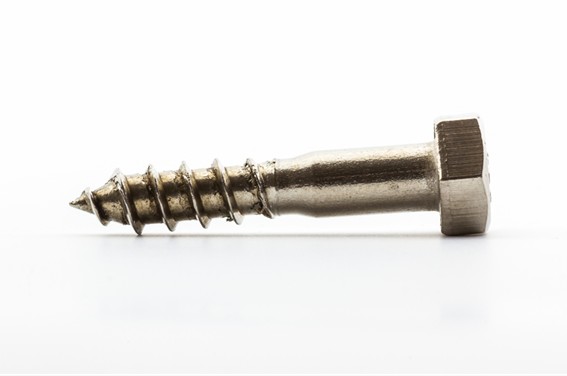
Difficulties of CFRP tapping
The following problems are likely to occur in CFRP tapping.
– Fast tool wear: Because CFRP has hard carbon fibers, taps for general metals wear quickly and have a short life.
– Burrs and delamination Burrs (fluffing) and delamination due to fiber direction are likely to occur.
– Effects of cutting heat: CFRP has low thermal conductivity, so cutting heat tends to accumulate and accelerate tool deterioration.
– Difficulty in chip evacuation: Since CFRP does not deform plastically like metal, chips become fine and are difficult to evacuate.
Measures for CFRP tapping
In CFRP tapping, it is important to select appropriate tools and adjust machining conditions.
Tool selection
-PCD (polycrystalline diamond) taps
・High hardness and wear resistance, suitable for CFRP tapping
・Good sharpness, suppressing burrs and delamination
– Carbide (carbide) taps
・ Higher hardness and durability than general taps.
・Less expensive than PCD taps and can be used for different applications.
– Coated taps
・ Wear resistance is improved by applying DLC (diamond-like carbon) or TiAlN (titanium aluminum nitride) coating.
Optimize machining conditions
– Low speed rotation and high feed
・High speed rotation tends to generate heat and shorten tool life.
・CFRP is not plastically deformed, so it can be efficiently machined at high feed rate.
– Dry machining recommended:
・Basically, dry machining is suitable because the use of cutting oil causes CFRP degradation due to moisture absorption.
・However, air blow or micro-lubrication (MQL) should be applied as necessary to reduce thermal effects.
– Appropriate design of the pre-hole:
・Set the pre-hole diameter appropriately to reduce tapping load and wear.
・Shallow thread depth to prevent delamination.
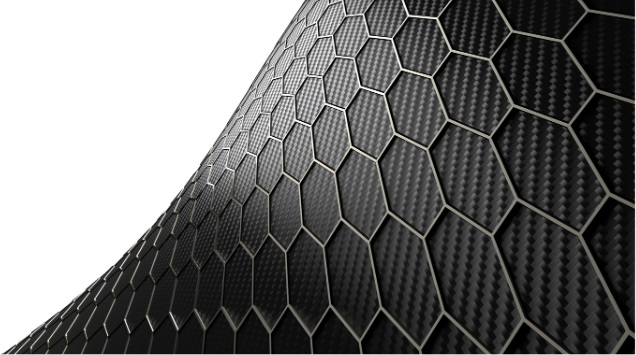
Alternative Methods for CFRP Tapping
Since CFRP tapping is difficult, the following methods may be considered as alternatives
– Embedding insert nuts:
・Embedding metal inserts allows screw fixation without tapping.
・High strength and suitable for repeated screw tightening.
– Fixing with adhesives:
・Avoid tapping and use adhesives to fix bolts and nuts.
・Adhesive technology is commonly used, for example, in aircraft parts. 4.
Conclusion
Tapping of CFRP requires a high degree of skill due to the many problems associated with tool wear and delamination. By selecting appropriate tools and optimizing the machining conditions, these problems can be mitigated. Methods such as embedding insert nuts or fixing with adhesives are also effective, and it is important to select an appropriate machining method while taking advantage of the characteristics of CFRP.

Related useful contents
You can explore related content by clicking on a topic of interest.
ABOUT UCHIDA - 55 years since our founding
We leverage a wealth of technical expertise as a CFRP molding and processing manufacturer using FRP, GFRP, and CFRP materials. We offer a one-stop solution, encompassing design, analysis, manufacturing, secondary processing, assembly, painting, quality assurance, and testing.
UCHIDA's equipment
We have cutting-edge equipment to ensure that we can address even the most advanced challenges of our customers.
Video Library
In the following video, we provide a detailed overview of our manufacturing process. Please feel free to watch and learn more.


